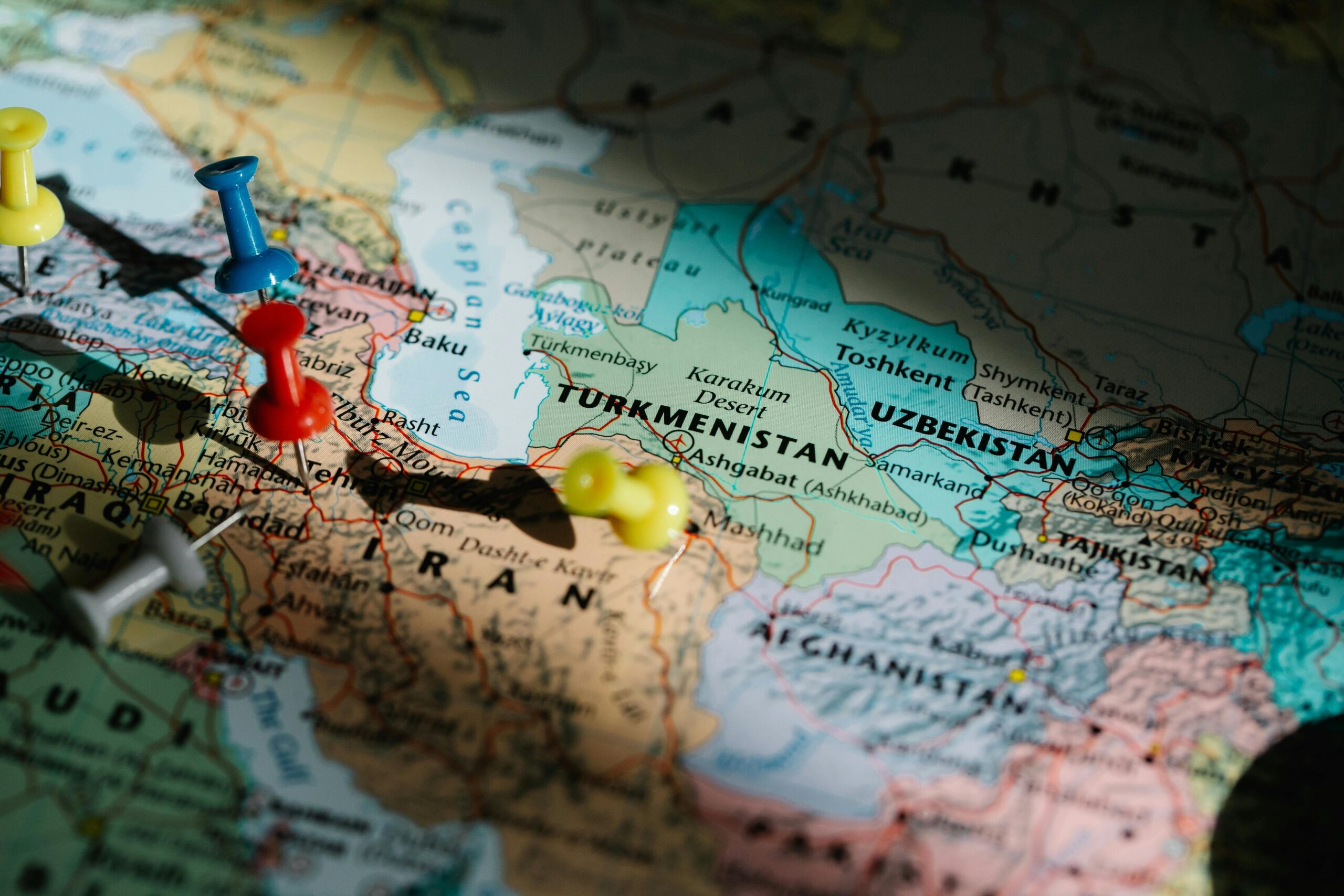Spatial Analysis in Urban Planning: Understanding the Geography of Cities
 Photo by Lara Jameson on pexels
Photo by Lara Jameson on pexels
Spatial analysis plays a vital role in urban planning, enabling a comprehensive understanding of urban geography and informing decision-making processes for city development. This approach leverages geographic information systems (GIS) and spatial data to examine and visualize the spatial patterns and relationships that exist within urban areas. By examining the spatial distribution of key factors such as population demographics, land use patterns, transportation networks, and infrastructure, urban planners can make data-driven decisions that promote sustainable and efficient urban design and management.
Key Takeaways
- Spatial analysis is a crucial tool in urban planning for understanding the geography of cities and making informed decisions.
- Geography plays a significant role in urban planning by influencing the layout, infrastructure, and development of cities.
- Spatial data is essential for urban development as it provides valuable insights into population distribution, land use, and transportation patterns.
- Understanding the spatial patterns of urbanization helps planners identify areas for growth, redevelopment, and infrastructure improvements.
- Integrating spatial analysis techniques into city design allows for more efficient and sustainable urban development.
The Role of Geography in Urban Planning
Geography plays a critical role in urban planning as it provides the framework for understanding the physical and human characteristics of cities. By analyzing the spatial distribution of population, land use, and infrastructure, urban planners can identify areas of growth and development, as well as areas that may be at risk for environmental hazards or social inequities. Understanding the geography of cities also allows planners to identify opportunities for improving transportation networks, creating green spaces, and promoting economic development in specific areas.
Utilizing Spatial Data for Urban Development
Spatial data, such as satellite imagery, aerial photographs, and census data, are essential for urban development as they provide valuable information about the physical and social characteristics of cities. By utilizing spatial data, urban planners can identify areas of population growth, assess the impact of land use changes, and plan for the expansion of infrastructure such as roads, utilities, and public transportation. Spatial data also allows planners to assess the environmental impact of urban development and make informed decisions about how to mitigate potential risks.
Understanding the Spatial Patterns of Urbanization
| City | Population | Land Area (sq. miles) | Population Density (people/sq. mile) |
|---|---|---|---|
| New York City | 8,336,817 | 302.6 | 27,751 |
| Los Angeles | 3,979,576 | 468.7 | 8,484 |
| Chicago | 2,693,976 | 227.3 | 11,868 |
Understanding the spatial patterns of urbanization is essential for effective urban planning. By analyzing the distribution of population, land use, and infrastructure, planners can identify areas of concentrated development, as well as areas that may be experiencing decline or disinvestment. This information can help planners make informed decisions about where to invest in new infrastructure, where to promote economic development, and where to prioritize social services such as education and healthcare.
Spatial Analysis Techniques for Urban Planning
There are a variety of spatial analysis techniques that can be used in urban planning to understand the geography of cities. These techniques include spatial statistics, network analysis, and spatial modeling, which allow planners to analyze the spatial relationships between different factors such as population density, land use, and transportation networks. By using these techniques, planners can identify patterns and trends within urban areas, as well as assess the potential impact of different development scenarios.
Integrating Spatial Analysis into City Design
Integrating spatial analysis into city design is essential for creating sustainable and efficient urban environments. By using spatial data and analysis techniques, planners can identify opportunities for improving transportation networks, creating green spaces, and promoting economic development in specific areas. This information can then be used to inform the design of new developments, as well as the redevelopment of existing urban areas, to create more livable and resilient cities.
The Future of Spatial Analysis in Urban Planning
The future of spatial analysis in urban planning is promising, as advances in technology and data collection are making it easier than ever to analyze and visualize the geography of cities. With the increasing availability of high-resolution satellite imagery, real-time sensor data, and advanced GIS software, planners have access to a wealth of spatial data that can be used to inform decision-making about urban development. As cities continue to grow and evolve, spatial analysis will play an increasingly important role in helping planners understand the complex spatial patterns and relationships within urban areas.
Conclusion
Spatial analysis is a crucial tool for understanding the geography of cities and making informed decisions about their development. By utilizing spatial data and analysis techniques, urban planners can identify opportunities for improving transportation networks, creating green spaces, and promoting economic development in specific areas. As technology continues to advance, the future of spatial analysis in urban planning looks promising, with new opportunities for using spatial data to inform decision-making about urban development. By integrating spatial analysis into city design, planners can create more sustainable and efficient urban environments that are better equipped to meet the needs of their residents.
